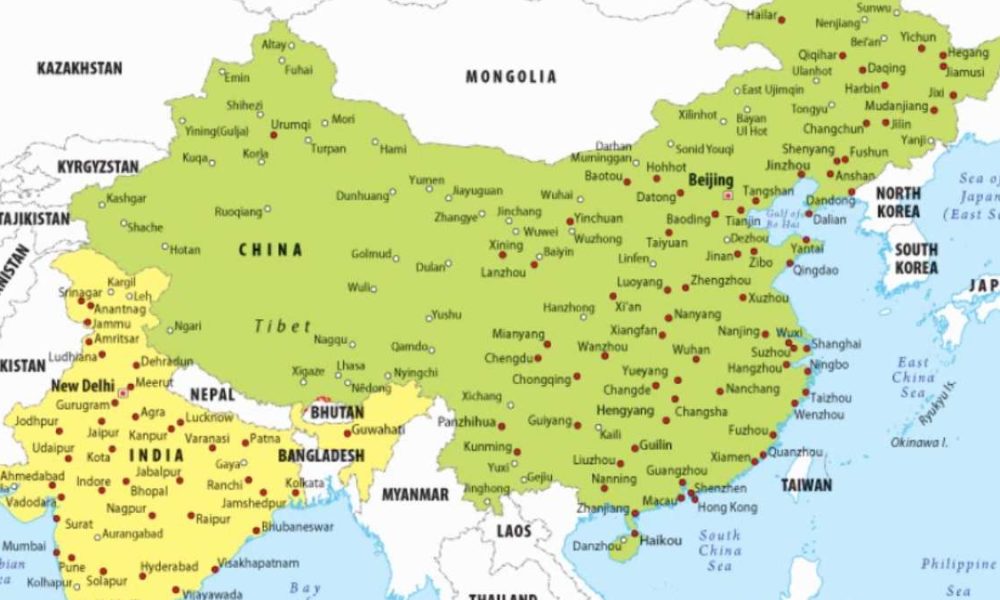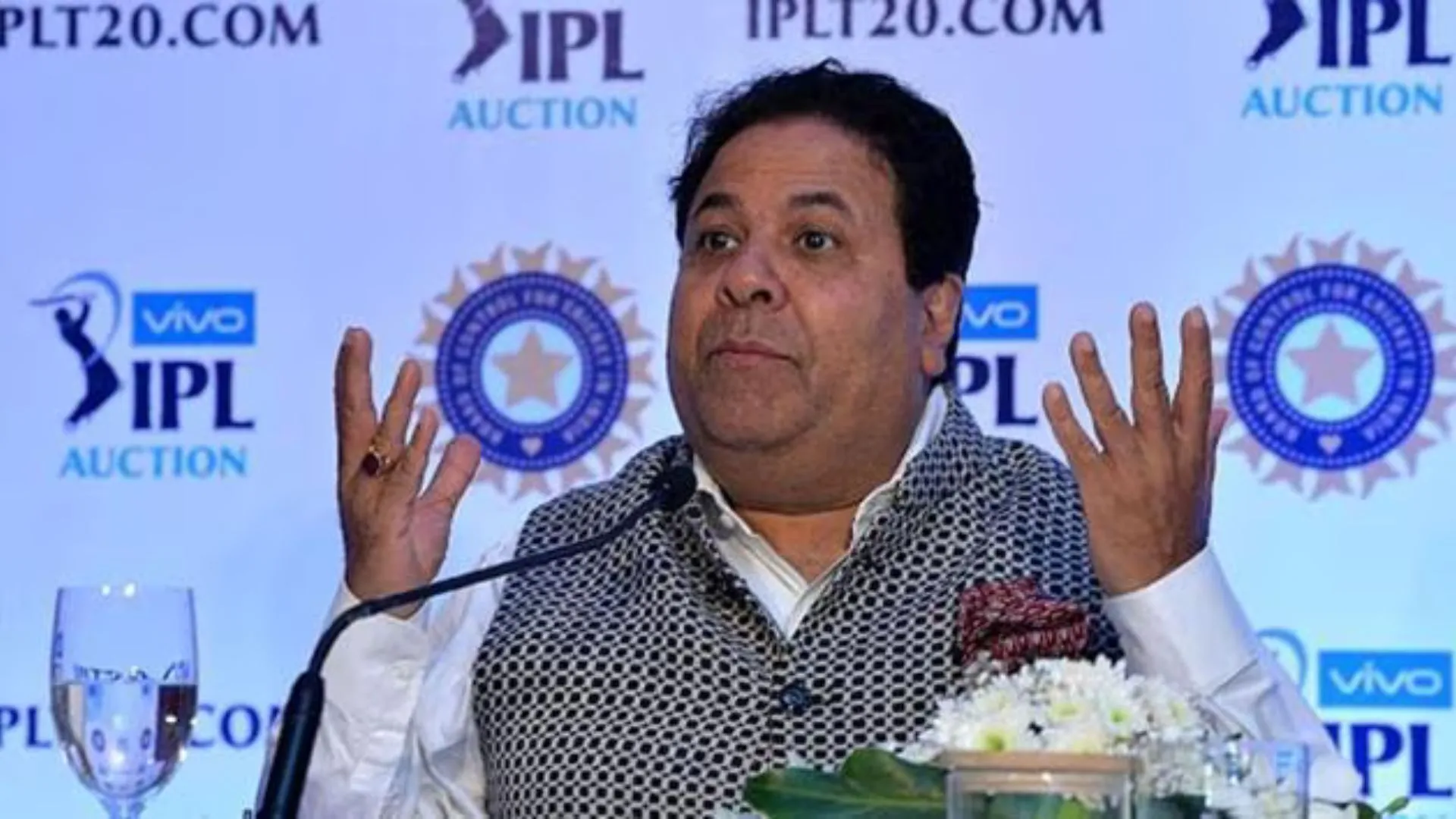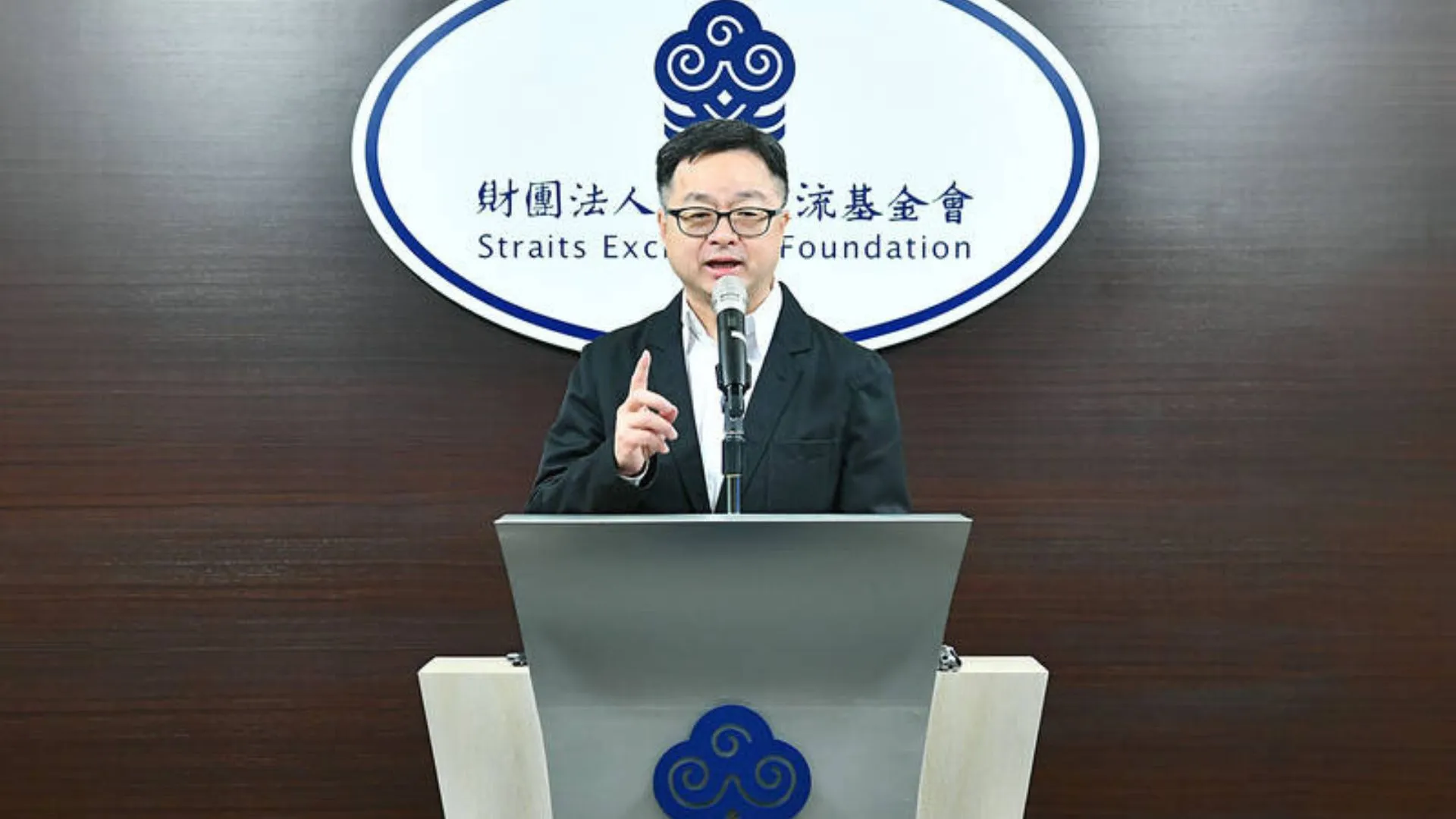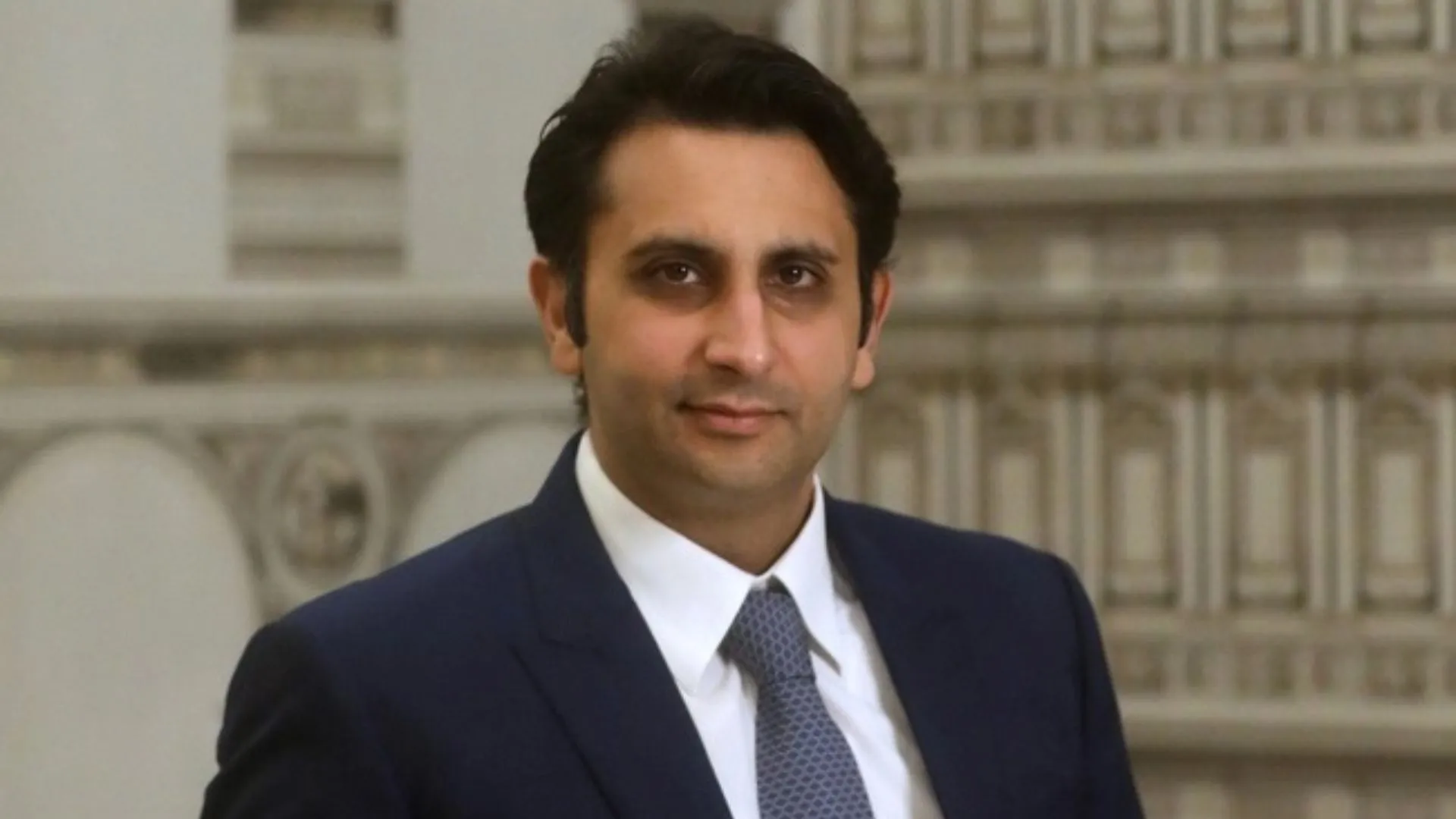For now the China India standoff seems to have gone in the mode of attrition through military-diplomatic efforts. Good for India to engage with China and manage the differences without any military clashes, despite China’s belligerence and exerting muscular policy qua India. The bilateral talks are believed not to have led to any major breakthrough, but has set a stage to further talks. India’s main demand is the restoration of status quo before May as Chinese troops in large numbers moved in Indian territory at Pangong Tso,Galwan and Gogra in eastern Ladakh. Other big concern is Chinese build up at Finger-4 of Pangong Tso till where India has always held the territory.
Since the border tension began, both armies have held talks in three meeting at the level of Major Generals. Military experts had held an opinion that talks would not lead to any solution but would set a good ground for diplomatic and political talks to end the impasse. Ministry of External Affairs says the standoff in Ladakh will be peacefully resolved in accordance with various bilateral agreements with the continuing talks.
What about Chinese long term “strategy to unsettle India
In the Midst of tension, China has appointed a new commander to oversee the People’s Liberation Army’s Ground forces along India border.
China believes that the close cooperation between the US and India is a strategic threat to its own ambitions in Asia. China recently sought India’s support for the new Hong Kong national security law which is being discussed at the National People’s Congress at the moment.
Tensions are flaring as governments of the United States to Europe, Japan and Australia move to cut a dependence on China exposed by pandemic, and India sees an economic opening that it’s seeking to exploit. Analysists say Prime Minister Narendra Modi risks stoking tension with Beijing in siding to closely with US President Donald Trump at a time when US President is picking a fight with China. India has increasingly been seen aligning with the US and that may not benefit India in the long run.
After the abrogation of Article 370 and creation of Ladakh as a separate Union Territory was and said it is unacceptable. China is seriously concerned about the current situation in Kashmir and is opposed to the move to make Ladakh a UT, Beijing said in a statement on the government’s move to revoke the powers of Article 370. China said India and Pakistan should peacefully settle the Kashmir issue and other disputes through dialogue and expressed its support to the international community, in playing a “constructive role” to improve ties between the two countries.
The escalation of tensions at the border in North Sikkim and eastern regions of Ladakh shouldn’t come as a surprise, as China has sought to exert pressure in the past on the boundary issue during key geopolitical events. As India didn’t know the real intentions of Beijing in 1959, we can only speculate about the intentions in 2020. The biggest concern of the Indian political and military establishment is currently the presence of Chinese troops around several key points including Indian Post KM120 along the Darbuk-Shayok-Daulat Beg Oldie road in Galwan Valley.
Indian and Chinese troops remained engaged in an eyeball-to-eyeball situation in several disputed areas along the Line of Actual Control in Eastern Ladakh, signalling that the confrontation could become the biggest military face-off after the Doklam episode in 2017.
Top military experts say -India has further increased its strength in Pangong Tso and Galwan Valley — the two contentious areas where Chinese army is learnt to have been deploying around 2,000 to 2,500 troops besides gradually enhancing temporary infrastructure. The strength of the Indian Army in the area is much better than our adversary,” say the top military expert. It is serious. It is not a normal kind of transgression. “China’s strategy is currently to unsettle India.”
India ups troop strength to combat China’s 5,000. Chinese transgression into areas like Galwan was worrying as there was no dispute between the two sides in the area. “There have been multiple incursions (by Chinese troops). This is something which causes concern. It is not a routine standoff. This is a disturbing situation. diplomatic efforts must be ramped up to resolve the escalating tension between the two armies and that both sides are eyeball-to-eyeball in several areas including Pangong Tso, Demchok and Daulat Beg Oldie.The Chinese side has particularly strengthened its presence in the Galwan Valley, erecting around 100 tents in the last two weeks and bringing in heavy equipment for construction of bunkers. Indian troops are resorting to “aggressive patrolling” in several sensitive areas including Demchok and Daulat Beg Oldi.
The situation in Eastern Ladakh deteriorated after around 250 Chinese and Indian soldiers were engaged in a violent face-off on the evening of May 5 which spilled over to the next day before the two sides agreed to “disengage” following a meeting at the level of local commanders. Over 100 Indian and Chinese soldiers were injured in the violence. The incident in Pangong Tso was followed by a similar incident in North Sikkim on May 9. India last week said the Chinese military was hindering normal patrolling by its troops and asserted that India has always taken a very responsible approach towards border management. MEA strongly refuted China’s contention that the tension was triggered due to trespassing by Indian forces on the Chinese side. India’s response came two days after China accused the Indian Army of trespassing into its territory, claiming that it was an “attempt to unilaterally change the status” of the LAC in Sikkim and Ladakh. Indian and Chinese army personnel clashed with iron rods, sticks, and even resorted to stone-pelting in the Pangong Tso lake area in which soldiers on both sides sustained injuries. In a separate incident, nearly 150 Indian and Chinese military personnel were engaged in a face-off near Naku La Pass in the Sikkim sector on May 9. At least 10 soldiers from both sides sustained injuries.
The troops of India and China were engaged in a 73-day stand-off in Doklam tri-junction in 2017 which even triggered fears of a war between the two nuclear-armed neighbours. The India-China border dispute covers the 3,488-km-long LAC. China claims Arunachal Pradesh as part of southern Tibet while India contests it. Both sides have been asserting that pending the final resolution of the boundary issue, it is necessary to maintain peace and tranquility in the border areas. China has been critical of India›s reorganisation of Jammu and Kashmir, and has particularly criticised New Delhi for making Ladakh a union territory. China lays claim over several parts of Ladakh.
Prime Minister Narendra Modi and Chinese President Xi Jinping held their first informal summit in April 2018 in the Chinese city of Wuhan, months after the Doklam standoff.
India and China are two very populous countries with ancient civilisations, friendship between the two countries has a time-honoured history, which can be dated back 2,000 years, and since the establishment of diplomatic ties between our two countries, in particular the last ten years, friendship and cooperation has made significant progress despite fewer hiccups and standoff.
Looking back on history after the establishment of diplomatic relations between China and India for nearly 70 years, the five point guiding agenda for Peaceful Coexistence, were arrived at between Premier Zhou Enlai and Prime Minister Jawaharlal Nehru included exchanges of visits and attending the Bandung Conference etc.
After the border conflict in 1962, China-India relations fell into a “frozen period”. It was not until Labour Day in 1970 that Chairman Mao Zedong, after shaking hands with Brajesh Mishra, then Charge d’Affaires of the Indian Embassy in China at the Tian’anmen Rostrum, said: “We cannot keep on quarrelling like this. We should try and be friends again.” In 1988, then Indian PM Rajiv Gandhi started his “ice-breaking visit” to China, and both sides reached a consensus to delink the boundary question from the overall development of bilateral relations.
Managing differences is the “stabiliser”. China-India relations have been disturbed by differences and problems from time to time. The “negative list” not only includes issues such as boundary and Dalai Lama left by history, but also emerging ones such as the listing issue of the UN Security Council 1267 Committee. Some third-party factors such as Pakistan, the United States and South Asia have implications for ChinaIndia relations as well. China and India have successfully resolved the issues of Tibet and Sikkim through consultation and dialogue in 2018 a major standoff in as area known as Doklam was diplomatically resolved. ChinaIndia leadership should issue a «strategic guidance» to their militaries to strengthen communications so that they can build trust and understanding.
If the India-China have to flourish in sync with PM’s vision, then MEA needs to transcend crisis-managing diplomacy, explore a model to actively shape relations and break the cycle of ups and downs in bilateral relations. Regarding vision, India need to be guided by four-area cooperation, namely negotiating and signing “China-India Treaty of Good-Neighbourliness and Friendly Cooperation”, exploring free trade agreements, initiating consultations on early harvests of the boundary question, and achieving synergy on the Belt and Road Initiative.
Analysts believe that talks, engagement and dialogue is the jurisprudence of diplomacy for any sovereign democratic Country. Absence of which particularly with the neighbouring countries creates tension. Therefore Modi-2.0 May revisit his policy of no dialogue with hostile neighbouring countries especially China. The two ancient civilizations, China and India have the ability and wisdom to find the path for major emerging and neighbouring countries to get along with each other, join hands to realise the “Dragon-Elephant Tango,” create the Asian century, and achieve greater glory in the near future. Ashok Bhan Senior Advocate Supreme Court of India and Geo-Political Analyst.























